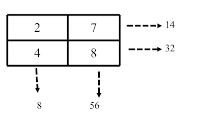e.g. 16. Factors are 1,2,4,8,16
2. Add up the PROPER Factors of the number.
e.g. 1+2+4+8=15.
Repeat for 15.
Factors are 1,3,5,15.
1+3+5=9.
Factors of 9 are 1,3,9
1+3=4
Factors of 4 are 1,2,4
1+2=3
Factors of 3 are 1,3 (3 is prime as it has two factors).
1=1 So stop here.
If you write each number in your chain on a circle of card, you can make lovely caterpillars.
Good questions. Whixh numbers under 100 make the longest chain.
Which numbers are boring! (Primes)
Why are square numbers interesting here?
What is special about powers of 2 to start?
What is really special about 6 and 28!
Try 220!
FULL PAGE LINK
Here are some pictures...
One of them includes what happens when you start at 30 ...





